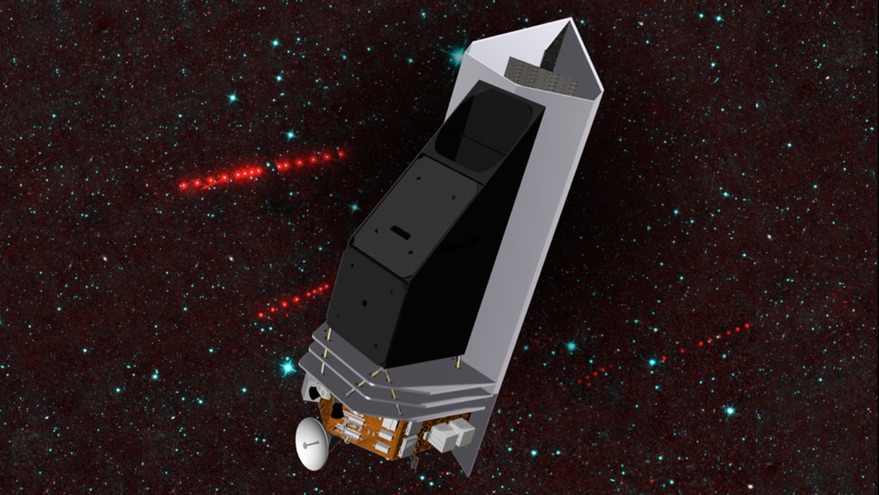Putting IR telescopes on aircraft (started with Learjets and CV-990 in 1968, moved to C-141 in 1974-95 and on a 747 thereafter) was a smart idea before IRAS (1983) and even after.
The gist of the idea was a serviceable telescope (aircraft can land and recover, unmanned sats can't) with man on the loop and that could also be refilled with liquid helium at -268°C if needed.
IRAS Spitzer all died (or became half-blind) when the supply of helium taking the heat away (IR astronomy hates parasitic heat) boiled away after months or years.
Webb goes around the issue by cooling itself passively, plus SEL-2 location.
I often wonder if SOFIA was (or not) a bridge too far after KAO ? (Kuiper Airborne observatory, on the civilian C-141 Lockheed never sold, except to NASA).
The gist of the idea was a serviceable telescope (aircraft can land and recover, unmanned sats can't) with man on the loop and that could also be refilled with liquid helium at -268°C if needed.
IRAS Spitzer all died (or became half-blind) when the supply of helium taking the heat away (IR astronomy hates parasitic heat) boiled away after months or years.
Webb goes around the issue by cooling itself passively, plus SEL-2 location.
I often wonder if SOFIA was (or not) a bridge too far after KAO ? (Kuiper Airborne observatory, on the civilian C-141 Lockheed never sold, except to NASA).




